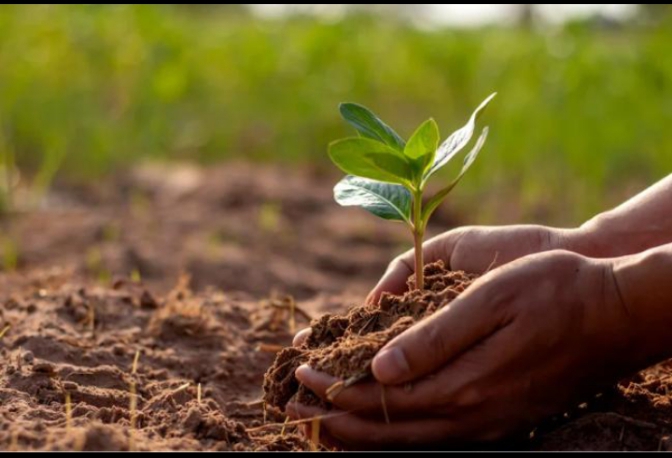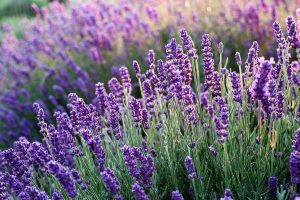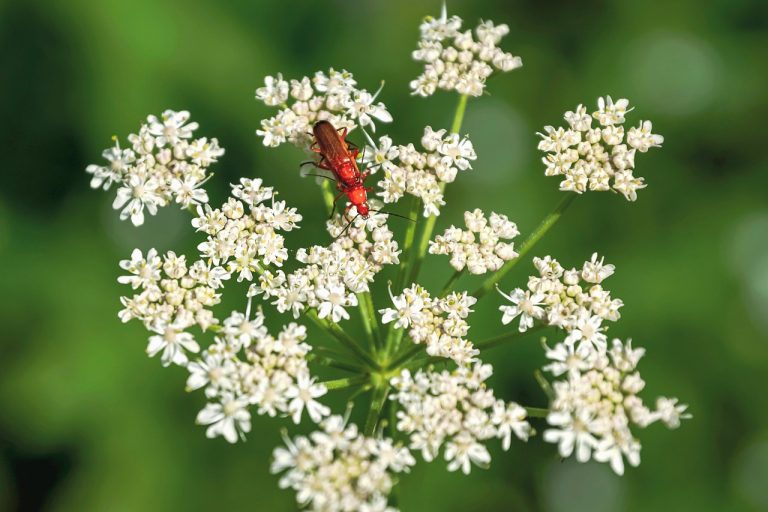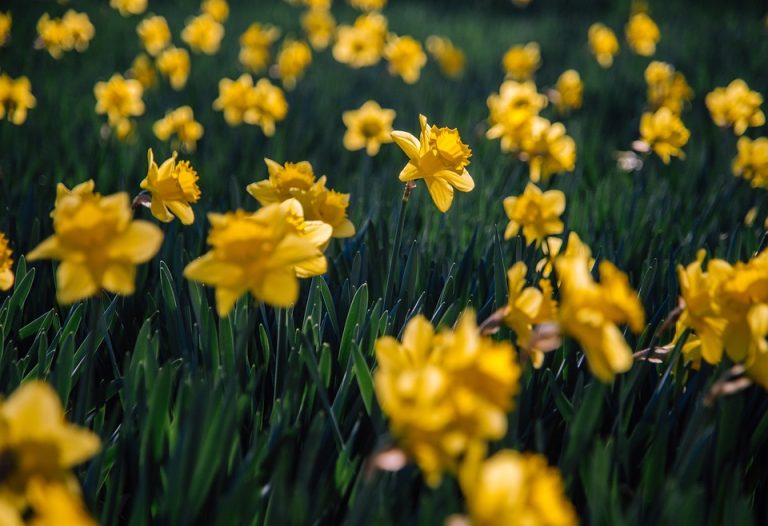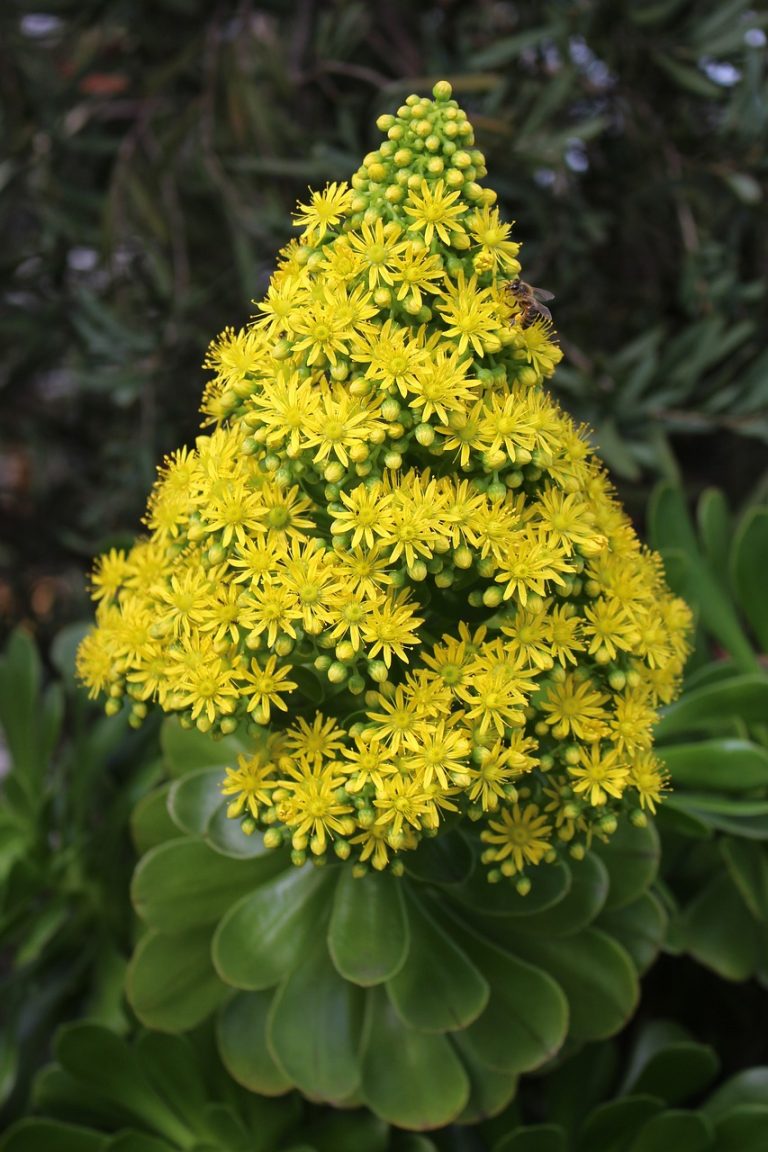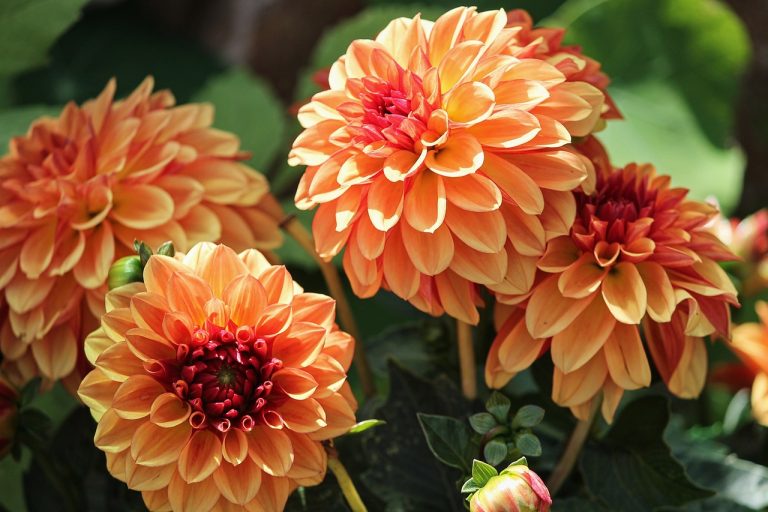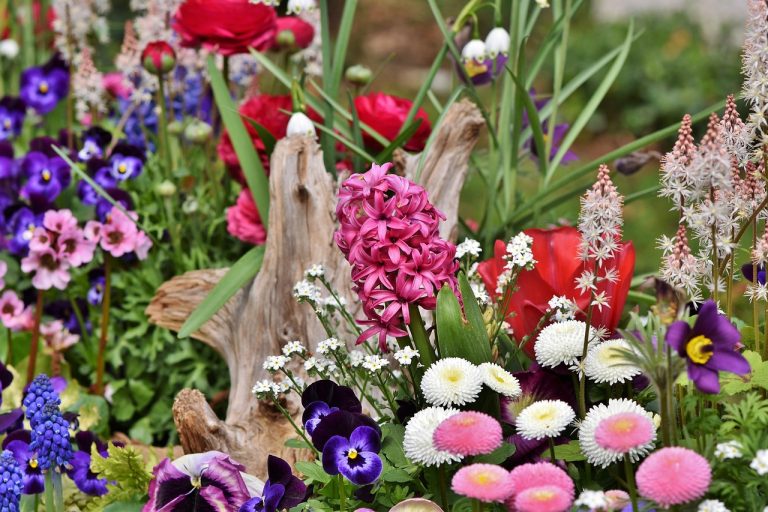HOW TO GROW LAVENDER PLUGS (8 AMAZING TIPS)
Lavender plugs are small plants that are grown from seeds or cuttings and are popular for their aromatic fragrance and beautiful purple flowers. Growing lavender plugs can be a rewarding experience, but it requires proper care and attention to ensure successful growth. In this guide, we will explore the step-by-step process of growing lavender plugs and provide tips for achieving optimal results.
HOW TO GROW LAVENDER PLUGS?
To successfully grow lavender plugs, start by choosing a sunny location with well-draining soil. Plant the plugs about 12 inches apart and water them regularly, ensuring the soil remains moist but not waterlogged.
Prune the plants regularly to encourage bushier growth and remove any dead or spent flowers. Additionally, consider adding organic fertilizer to promote healthy growth. With proper care, your lavender plugs will thrive and fill your garden with their fragrant blooms.
UNDERSTANDING LAVENDER PLUGS
Before delving into the cultivation process, it’s essential to understand the basics of lavender plugs. Lavender plugs are essentially young lavender plants that are propagated from seeds or cuttings. They are typically grown in small containers called plugs until they develop strong roots and can be transplanted into the ground or larger pots.
CHOOSING THE RIGHT VARIETY
Selecting the appropriate lavender variety is crucial for successful plug growth. Common varieties include English Lavender (Lavandula angustifolia), French Lavender (Lavandula dentata), and Spanish Lavender (Lavandula stoechas). Each variety has its own unique characteristics, such as fragrance, flower color, and growth habit, so choose one that suits your preferences and growing conditions.
PROVIDING THE IDEAL GROWING CONDITIONS
Lavender plugs thrive in well-drained soil and full sunlight, so choose a location in your garden or patio that receives at least 6-8 hours of sunlight per day. Ensure that the soil is loose and sandy, with good drainage to prevent waterlogging, which can cause root rot.
PLANTING LAVENDER PLUGS
When planting lavender plugs, dig a hole slightly larger than the plug and gently loosen the roots before placing them in the hole. Backfill with soil and press gently to secure the plug in place. Space the plugs at least 12-18 inches apart to allow for proper air circulation and prevent overcrowding.
WATERING AND FERTILIZING
Lavender plugs have minimal water requirements once established but require regular watering during the first few weeks after planting to help them establish roots. Water deeply but infrequently to encourage deep root growth and avoid overwatering, which can lead to root rot. Fertilize sparingly with a balanced fertilizer in the spring to promote healthy growth and abundant flowering.
PRUNING AND MAINTENANCE
Pruning is essential for maintaining the shape and vitality of lavender plugs. Remove spent flowers regularly to encourage continuous blooming and prune back any woody or overgrown stems in the spring to promote new growth. Avoid pruning too late in the season, as it can stimulate new growth that may not have time to harden off before winter.
DEALING WITH COMMON PESTS AND DISEASES
Lavender plugs are generally resistant to pests and diseases, but they can occasionally be susceptible to aphids, spider mites, and fungal infections. Monitor your plants regularly for signs of infestation or disease, and treat promptly with organic or chemical remedies as needed.
HARVESTING AND USING LAVENDER
Once your lavender plugs are fully mature and in bloom, you can harvest the flowers for various uses, such as making lavender oil, sachets, or culinary creations. Harvest the flowers in the morning when the oils are most concentrated, and dry them in a warm, well-ventilated area away from direct sunlight.
Frequently Asked Questions (FAQ) About Growing Lavender Plugs:
What are lavender plugs?
Lavender plugs are small, pre-rooted lavender plants typically sold in trays. They’re commonly used for propagation and transplanting into larger containers or gardens.
Where can I get lavender plugs?
Lavender plugs are available at many nurseries, garden centers, and online plant retailers. You can also propagate them yourself from lavender cuttings.
When is the best time to plant lavender plugs?
The best time to plant lavender plugs is in the spring, after the last frost has passed and the soil has warmed up. This allows the plants to establish themselves before the hot summer months.
How do I plant lavender plugs?
To plant lavender plugs, prepare a well-draining soil mix and dig a hole slightly larger than the plug. Place the plug in the hole, making sure the top of the plug is level with the soil surface, and gently firm the soil around it. Water thoroughly after planting.
Where should I plant lavender plugs?
Lavender prefers full sun and well-drained soil. Choose a location in your garden that receives at least 6-8 hours of sunlight per day and avoid areas with poor drainage.
How often should I water lavender plugs?
While lavender is drought-tolerant once established, newly planted plugs need regular watering to help them establish roots. Water deeply once or twice a week, allowing the soil to dry out between waterings.
Do lavender plugs need fertilizing?
Lavender doesn’t require much fertilizer and can actually suffer from too much nitrogen. If your soil is poor, you can fertilize sparingly with a balanced fertilizer in the spring, but avoid fertilizing once the plants start blooming.
How do I care for lavender plugs after planting?
After planting, continue to monitor the moisture level of the soil and water as needed. Remove any weeds that compete with the lavender for nutrients and sunlight. Prune the plants lightly after they finish blooming to promote bushier growth.
Do lavender plugs attract pests or diseases?
Lavender is generally resistant to pests and diseases, especially when grown in well-drained soil and full sun. However, it can occasionally be susceptible to issues like root rot if planted in overly wet conditions.
When can I harvest lavender from plugs?
You can begin harvesting lavender flowers once the plants have become established and are producing blooms. Typically, this occurs in the second year after planting. Harvest in the morning after the dew has dried but before the sun is too hot for the best fragrance and oil content.
CONCLUSION
Mastering the art of growing lavender plugs requires attention to detail, patience, and a commitment to providing optimal growing conditions. By following the steps outlined in this guide, from selecting the right variety to nurturing the plugs through proper planting and maintenance, one can cultivate thriving lavender plants that not only beautify the garden but also offer a myriad of practical uses.
Remember, lavenders are resilient yet delicate, so maintaining a balance of care and respect for their specific needs is key to their successful growth. With dedication and a green thumb, anyone can enjoy the aromatic bliss and visual appeal of flourishing lavender plugs in their garden or landscape.
